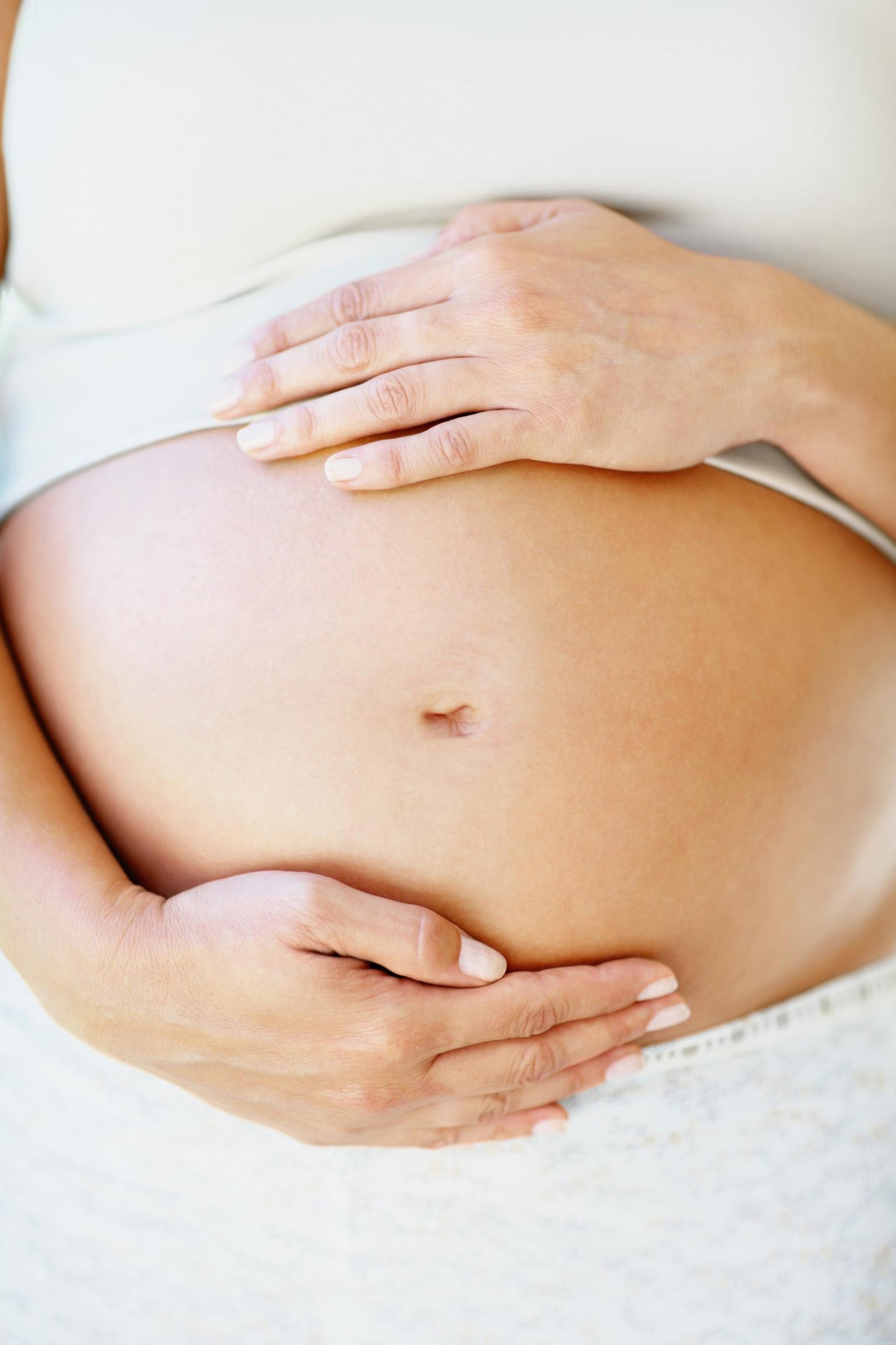Does fertility really “fall off a cliff at 35” as Kirstie Allsopp has claimed, or is that utterly inconceivable?
Nel Staveley speaks to the experts to find out
Kirstie Allsopp has been all over the media this week – and it’s had nothing to do with buying houses or filling them with crafts and vintage finds.
It’s all been surrounding the comments she made about fertility.
The TV presenter (basically) thinks that all women should have babies by the time they’re 27. Scrap university, scrap a career; you need to pop out children as soon as you can, then worry about the rest later.
Her reasons for this rest on the ’fact’ that “fertility falls off a cliff when you’re 35”, and going to university means wasting valuable years on what’s clearly a very unforgiving timetable.
“At the moment, women have 15 years to go to university, get their career on track, try and buy a home and have a baby,” Allsopp – herself a mother-of-two with two stepchildren (all boys) – told a national newspaper over the weekend. “That is a hell of a lot to ask someone.”
Her comments have caused uproar, begging the question why a self-proclaimed “passionate feminist” appears to advocate a huge step back in hard-fought-for women’s rights.
But let’s not be sidetracked by whether her views are pro or anti women’s progress – that’s a whole other issue. Let’s focus on her panic-inducing ’falling-off-a-cliff’ comment.
Is it true? Is every female older than 35 doomed never to have a child?
We ask some experts about this, and some other commonly-held beliefs on fertility…
FERTILITY FALLS AFTER 35
It turns out that Allsopp has a point; when it comes to making babies, age is more than just a number.
“Women are born with a certain number of eggs and thus with every period, eggs are ’used’ up. Those born with fewer eggs are more likely to have difficulties conceiving post-35,” says Helen Ford, a nutritionist for fertility expert Dr. Marilyn Glenville (www.marilynglenville.com/clinic). “The other issue is quality which declines with age, particularly with regard to the egg shell (zona pellucida) which hardens and makes it harder for the sperm to fertilise.”
Jane Knight, a fertility nurse specialist (at www.zitawest.com and www.fertilityuk.org) agrees: “Undoubtedly, the best time to have a baby from a biological perspective is between 20-35 years.”
IF YOU MISS YOUR NATURAL FERTILITY WINDOW, YOU CAN JUST HAVE IVF
Not necessarily, says Knight – and not only because of the endless waiting lists or prohibitive costs of private care.
“Assisted fertility cannot compensate for lost years of fertility and IVF success rates in older women are extremely low. It is the decline in egg quality which affects the outcome of IVF, not the age of the uterus, and egg donation remains the only option for many older women.”
BAD DIET LOWERS FERTILITY
It’s not hard to work out the answer to this one – bad diet affects all aspects of health, so inevitably, it affects conceiving too.
“A diet high in saturated fat from red meat, and low essential fat from oily fish and nuts and seeds, can impact conception as they are vital for hormone balance and softening the ’shell’ (zona pellucida), allowing fertilisation to occur more easily,” says Ford.
“It’s also a good idea to cut down on drinks containing caffeine,” says Dr Fiona Humberstone from Clearblue, “and eat regular, balanced meals, lots of fresh fruit and vegetables and cut down on processed and ’fast’ food.”
BEING OVERWEIGHT REDUCES YOUR CHANCES OF CONCEIVING
“Unhealthy body fat – either too low or too high – can create hormone imbalance and even stop a menstrual cycle,” Ford emphasises. “Keeping fit and watching your weight, or more importantly, body fat, is important although this doesn’t apply to everyone.”
Humberstone is keen to add that fitness isn’t just about getting pregnant though; it’s also crucial when you have fallen pregnant: “Pregnancy puts a lot of strain on your body, so keeping fit before pregnancy will help you when the time comes.”
YOUR MENSTRUAL CYCLE PREDICTS YOUR FERTILITY
Every woman has different patterns to their periods, but there are some patterns more prone to conception struggles.
“Hormone imbalance like heavy bleeding or endometriosis can impact fertility, as there tends to be a dominance of one hormone which creates an unhealthy environment,” explains Ford. “There tends to be a lot of inflammation and immune issues surrounding endometriosis, which can interfere with egg implantation.”
Polycystic ovary syndrome (PCOS) can cause a range of symptoms, including a disrupted cycle, and in some cases can affect fertility, due to irregular or a lack of ovulation.
If you’re worried about heavy periods, endometriosis (other common symptoms include pain in the lower abdomen, pelvis or lower back, pain during and after sex, bleeding between periods) or PCOS (symptoms include irregular or absent periods, excess body hair, thinning head hair and skin problems), see your GP.
THE MAN PLAYS AN EQUAL ROLE
Yes, and no, is the answer.
“The female egg declines with age and the ’older’ egg has lower quality,” says Ford. “While this doesn’t apply to men in terms of quantity of sperm so much, quality is still an issue. We can test men for DNA fragmentation of the sperm, which increases with age and impacts fertilisation and continuation of a healthy pregnancy.”
Knight confirms that although male fertility is “less affected” by age, it does take “significantly longer” for an older man to impregnate his partner – “male fertility problems account for, or contribute to, 50% of delays in conceiving”.
